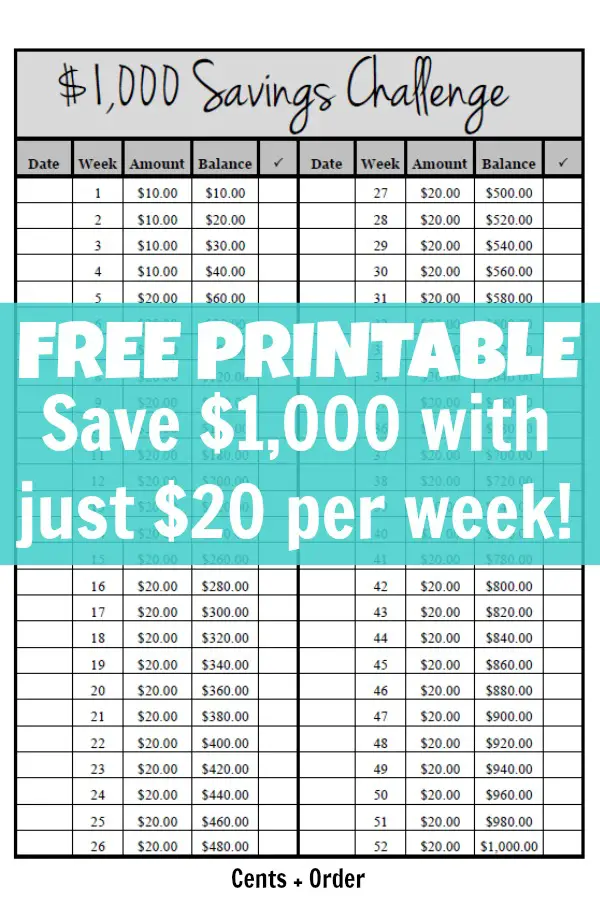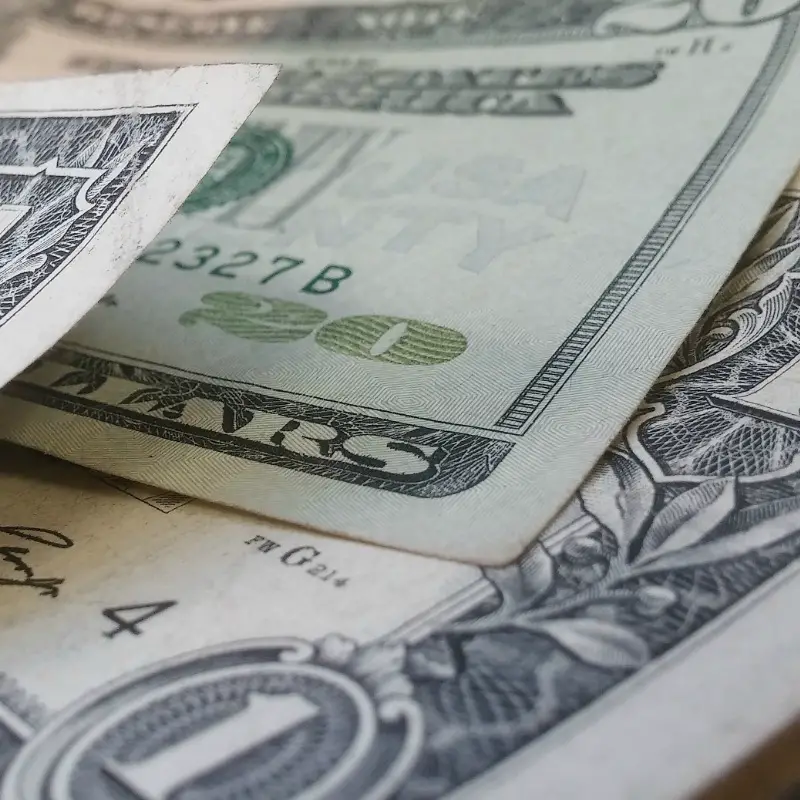When was the last time something unexpected came up in your budget? A cell phone overage, vet bill, or home repair?
Why you need an emergency fund
It is important to have something to fall back on when an emergency happens. Without funds set aside, a car repair might end up on your credit card–and that’s the cycle that has to stop. Otherwise, the emergencies pile up and before you know it you have a hefty credit card balance.
Experts recommend having six months of expenses in your emergency fund. For someone who is living paycheck to paycheck, start with $500 (if you are single), or $1,000 (if you are in a partnership).
A $1,000 emergency fund is a great cushion to cover most minor unexpected expenses.
Home Management Binder
Home Management Binders are a great way to keep all the important information you need all in one organized place.
Many of the printables out there are beautiful, but waste expensive ink on colorful printables.
My free printables will be in black and white because I want you to save money too!
$1,000 Savings Plan
Start saving this week with the $1,000 Savings Challenge.
For the first few weeks, the challenge begins with just $10 a week so you can get in the habit of saving. It then goes to a $20 week savings to bring you to a grand total of $1,000 in one year.
Keep track of the dates so you remember which week you are on and check off the column once you’ve made your contribution to savings for the week.
If you are using a binder, there is room to 3-hole punch the sheet.
You can also just print the sheet and post to your bulletin board or hang on the fridge as a reminder.

Click here to download the printable.

